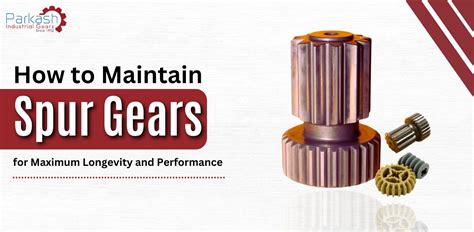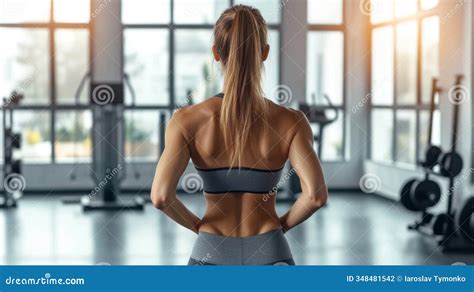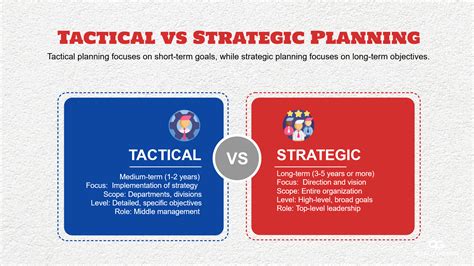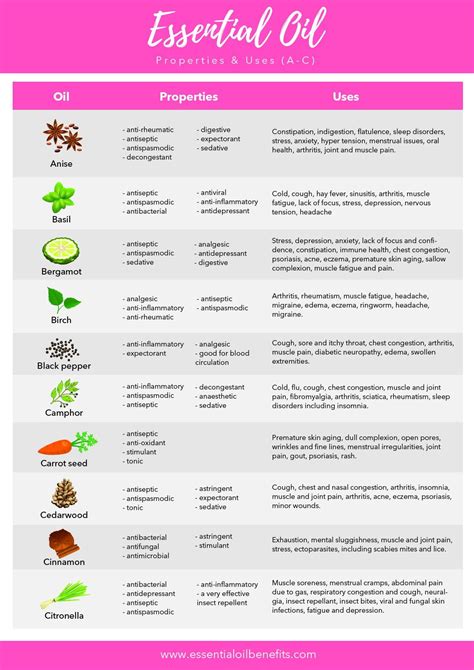Which durable gear materials maximize longevity & performance for daily peak use?

In the demanding world of professional, tactical, and outdoor pursuits, the longevity and performance of your gear aren’t just about convenience—they’re about reliability and safety. Daily peak use exposes equipment to extreme stresses, abrasions, impacts, and environmental degradation, making the choice of material paramount. Understanding which advanced materials excel in these conditions is crucial for maximizing the lifespan and effectiveness of your essential tools and apparel.
The Foundation: Advanced Polymers and Technical Fabrics
Modern material science has revolutionized gear durability, largely through the development of sophisticated polymers and their application in technical fabrics. These materials offer an exceptional balance of strength, flexibility, and resistance to environmental factors.
- Nylon (e.g., Cordura, Ballistic Nylon): Renowned for its superior abrasion, tear, and puncture resistance. Cordura fabrics, with their textured weaves, provide excellent durability for backpacks, tactical vests, and footwear. Ballistic nylon, originally developed for flak jackets, offers even greater density and resistance.
- UHMWPE (Ultra-High Molecular Weight Polyethylene – e.g., Dyneema, Spectra): Often referred to as “the world’s strongest fiber,” UHMWPE boasts an incredible strength-to-weight ratio. It’s used in lightweight yet extremely strong ropes, climbing slings, cut-resistant gloves, and as reinforcement in various gear applications where minimizing weight without compromising strength is critical.
- Hypalon (Chlorosulfonated Polyethylene): A synthetic rubber known for its exceptional resistance to abrasion, chemicals, extreme temperatures, and UV radiation. It’s frequently used for high-wear areas on technical backpacks, raft construction, and protective coverings.

Engineering for Extremes: High-Performance Metals
When ultimate strength, rigidity, or specific environmental resistance is required, metals remain indispensable. Advances in metallurgy have yielded alloys that are lighter, stronger, and more corrosion-resistant than ever before.
- Titanium Alloys: Valued for their exceptional strength-to-weight ratio, high corrosion resistance (especially against saltwater), and biocompatibility. Titanium is a go-to for lightweight tools, hardware, tent poles, and specialized components where weight savings are critical without sacrificing strength.
- High-Grade Stainless Steel (e.g., 316, 17-4 PH): Offers excellent corrosion resistance, particularly important in marine or humid environments. Different grades provide varying levels of strength, hardness, and heat resistance, making them suitable for blades, fasteners, and structural components.
- Aircraft-Grade Aluminum Alloys (e.g., 6061, 7075): While not as strong as steel or titanium by weight, these alloys offer a superb balance of light weight, good strength, and workability. They are extensively used in frames, carabiners, flashlight bodies, and other components where weight reduction is a priority.

The Best of Both Worlds: Advanced Composites
Composites combine different materials to achieve properties superior to those of the individual components, often resulting in incredibly strong, stiff, and lightweight products.
- Carbon Fiber: Renowned for its extreme stiffness, strength, and lightweight properties. It’s widely used in high-performance equipment like frames for bikes, drone components, rifle stocks, and specialized tools where rigidity and minimal weight are crucial.
- Kevlar (Aramid Fiber): Famous for its incredible tensile strength and heat resistance. Kevlar is often found in protective gear, cut-resistant linings, and as reinforcement in fabrics and composites, providing exceptional resistance to tearing and impact.
- Laminated Fabrics (e.g., X-Pac, Dyneema Composite Fabric – DCF): These materials combine multiple layers (e.g., face fabric, structural layer, waterproof membrane, backing) to create lightweight, highly tear-resistant, and waterproof textiles. Ideal for ultralight backpacks, shelters, and durable weatherproof bags.
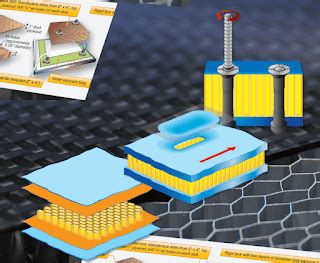
Key Factors in Material Selection for Peak Use
Choosing the right material isn’t just about raw strength; it involves a holistic assessment of various factors pertinent to the gear’s intended use:
- Application Specifics: What kind of stresses will the material endure? Is it abrasion, impact, bending, or tensile load?
- Environmental Exposure: Will it be exposed to UV radiation, extreme temperatures, moisture, chemicals, or saltwater?
- Weight vs. Durability: Often a trade-off. Ultralight gear might use cutting-edge materials to minimize weight, while heavy-duty industrial gear might prioritize raw bulk strength.
- Maintenance and Repairability: Some materials are easier to clean, repair, or maintain than others, impacting overall longevity.
- Cost: High-performance materials often come with a higher price tag, necessitating a balance between budget and required performance.

Investing in gear made from thoughtfully selected, high-performance materials pays dividends in reliability, safety, and ultimately, value. By understanding the unique properties of advanced polymers, metals, and composites, users can make informed decisions that ensure their equipment stands up to the rigors of daily peak use, delivering consistent performance when it matters most.
